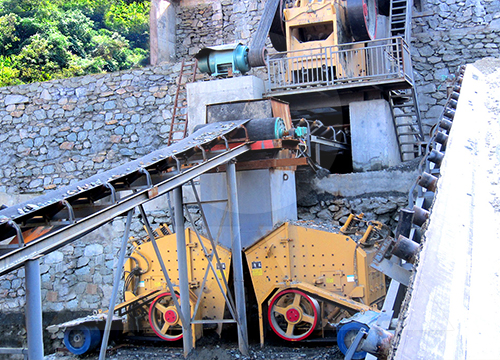Common Issues and Solutions for Impact Crushers: A Comprehensive FAQ
Impact crushers are widely used in various industries, including mining, construction, and recycling, due to their ability to efficiently reduce the size of different materials. However, like any machinery, they can encounter issues that may affect their performance. This article aims to address some of the most frequently asked questions (FAQs) regarding common problems and solutions related to impact crushers.
1. Why is the impact crusher producing uneven material sizes?
One of the most common issues with impact crushers is the production of uneven material sizes. This can be caused by several factors, including worn-out blow bars, incorrect rotor speed, or improper feed material. To solve this, ensure that the blow bars are in good condition, the rotor speed is set according to the material being processed, and the feed material is evenly distributed across the rotor.
2. What causes excessive vibration in an impact crusher?
Excessive vibration is another frequent problem that can lead to more severe damage if not addressed promptly. The main causes include imbalanced rotors, loose parts, or foreign objects trapped inside the crusher. To resolve this issue, regularly inspect the rotor for balance, tighten any loose components, and remove any foreign materials that may have entered the crusher.
3. Why is there a decrease in production capacity?
A noticeable decrease in production capacity can result from clogged screens, worn-out wear plates, or insufficient power supply to the crusher. To improve capacity, clean or replace clogged screens, check the wear plates for signs of damage, and ensure the crusher is receiving adequate power to operate at optimal levels.
4. What should I do if the impact crusher is overheating?
Overheating can be a serious issue that leads to component failure and costly repairs. It is often caused by insufficient lubrication, excessive workload, or poor ventilation. To prevent overheating, ensure that the crusher is adequately lubricated, avoid overloading the machine, and maintain proper ventilation to dissipate heat effectively.
5. How can I extend the lifespan of the blow bars?
The blow bars in an impact crusher are subject to significant wear and tear due to their role in the crushing process. To extend their lifespan, regularly monitor the wear patterns, rotate the bars when necessary, and use high-quality, wear-resistant materials. Additionally, adjusting the rotor speed to match the material being processed can reduce unnecessary stress on the blow bars.
6. Why is there excessive dust generation during operation?
Excessive dust generation is not only a nuisance but also a health hazard and can damage the crusher’s internal components. It typically occurs when the crusher is operating without proper dust suppression measures, such as water sprays or dust covers. Implementing effective dust control systems and ensuring that all seals and covers are intact can significantly reduce dust emissions.
7. What maintenance practices should be followed for impact crushers?
Regular maintenance is crucial for ensuring the longevity and optimal performance of impact crushers. This includes routine inspections, timely replacement of worn parts, regular lubrication, and monitoring for any unusual noises or vibrations. Keeping a detailed maintenance log can help identify recurring issues and ensure that the crusher is always in peak condition.
Conclusion
Understanding and addressing the common issues that impact crushers may encounter is key to maintaining their efficiency and reliability. By following the solutions provided in this FAQ, operators can minimize downtime, reduce repair costs, and ensure that their impact crushers continue to operate smoothly and effectively.
- > Mobile Jaw Crusher for Copper Ore Processing in Ukraine: Enhancing Efficiency and Flexibility
- > Advantages and Disadvantages of Cone Crushers: A Comprehensive Overview
- > Tracked Mobile Crusher for Construction Waste Recycling in the Philippines
- > 200 TPH Mobile Impact Crusher: High-Efficiency Solution for On-Site Crushing
- > Advanced Features of the PEW Series Jaw Crusher for Gold Mining
- > Durable Hydraulic Spring Cone Crusher for Mining Applications
- > High-Efficiency Jaw Crusher for Coal and Basalt in Indonesia
- > Popular High-Efficiency Sand Washing Machine in the Philippines


Online




Message

